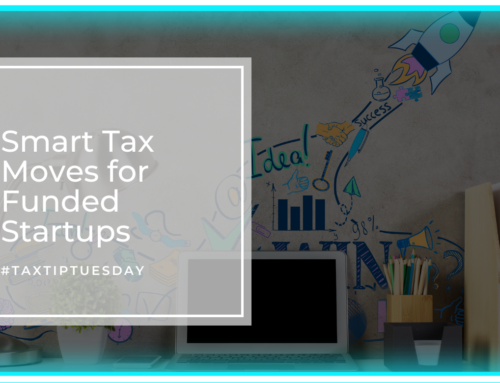Hey guys, it’s me, Bette Hochberger, CPA, CGMA. When it comes to taxes, one size definitely doesn’t fit all. The way your business is set up—your entity type—can make a big difference in how much you pay, how you file, and what strategies you can use to reduce your tax bill.
Let’s break down how to tailor your strategies based on your business structure so you can keep more of your hard-earned money.
Sole Proprietor: Keep It Simple, But Strategic
If you’re a sole proprietor, your business income is reported directly on your personal return using Schedule C. While it’s a straightforward setup, you’re subject to self-employment tax on your profits.
Tax tips:
- Deduct all eligible business expenses—home office, supplies, mileage, internet, etc.
- Consider making quarterly estimated payments to avoid penalties.
- If your income is growing, consider whether switching to an LLC or S Corp might save you money.
LLC: Flexible but Know Your Options
An LLC (Limited Liability Company) is a popular structure because it’s flexible. By default, a single-member LLC is assessed like a sole proprietorship, while a multi-member LLC is assessed like a partnership. But LLCs can also elect to be taxed as an S Corporation or C Corporation—which opens up different strategy options.
Tips:
- Track expenses meticulously to maximize deductions.
- If you elect S Corp status, you can pay yourself a reasonable salary and take the rest as distributions—potentially reducing self-employment rate.
- Use depreciation to your advantage, especially if you’ve invested in equipment or property.
S Corporation: A Salary Plus Dividends Strategy
S Corps can be a saving goldmine—if done correctly. You pay yourself a reasonable salary (which is subject to payroll taxes), and any extra profits can be taken as distributions, which aren’t subject to self-employment tax.
Tips:
- Use a compensation study to justify your salary and avoid IRS scrutiny.
- Deduct payroll taxes and fringe benefits properly.
- Be careful with commingling funds—keep everything clean and separate.
C Corporation: Best for Big Growth or Investors
A C Corp is a separate legal tax-paying entity. You pay corporate income tax, and if profits are distributed as dividends, shareholders pay on that too—this is the famous double taxation. But in the right situation, the benefits outweigh the downsides.
Tips:
- Take advantage of the flat 21% corporate tax rate.
- Use fringe benefits like health insurance and retirement plans to reduce taxable income.
- If you’re reinvesting profits back into the business, a C Corp structure may help you delay personal taxes.
Choosing the right business entity is more than just a paperwork decision—it directly impacts your strategy. And as your business grows or changes, your strategy should evolve too.
A tailored plan based on your business type can help you stay compliant an save money. Not sure which strategy fits your entity? Schedule a meeting with us to start your tax planning, we know how to match the right tax moves to your specific setup.
I’ll see you all next time!










